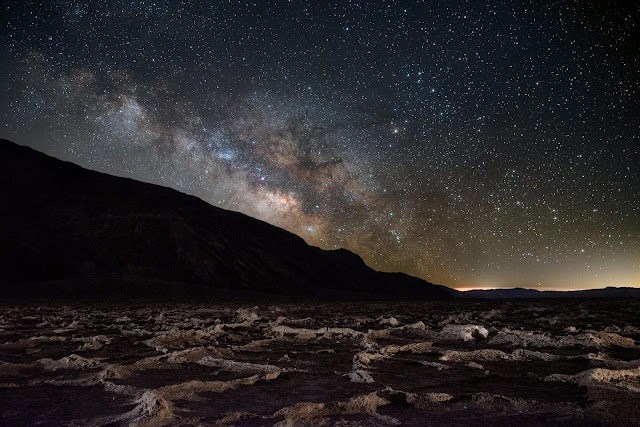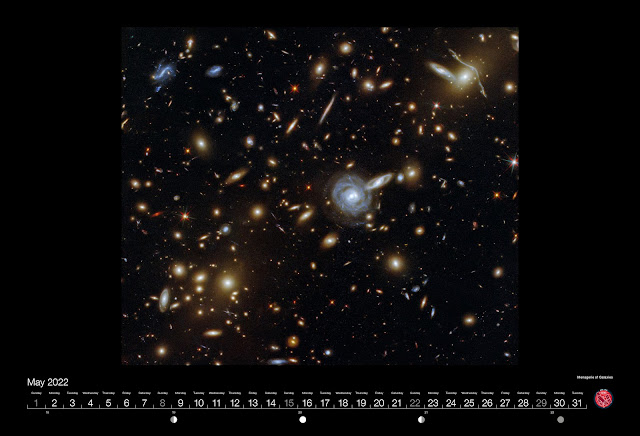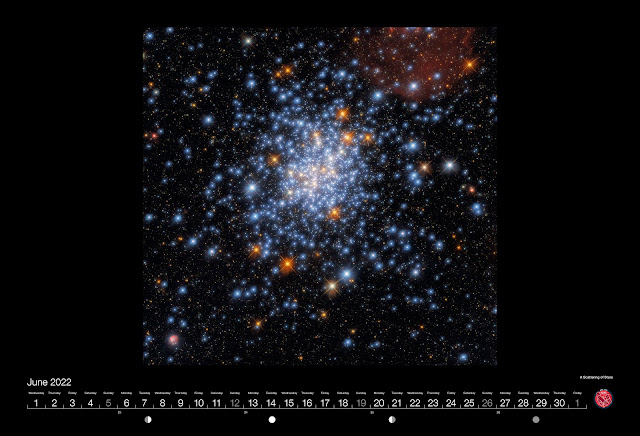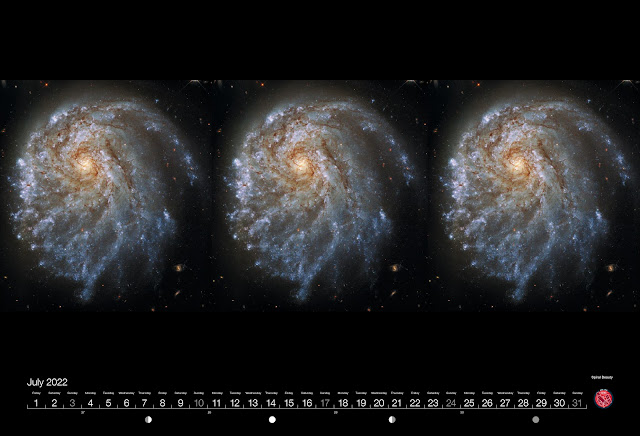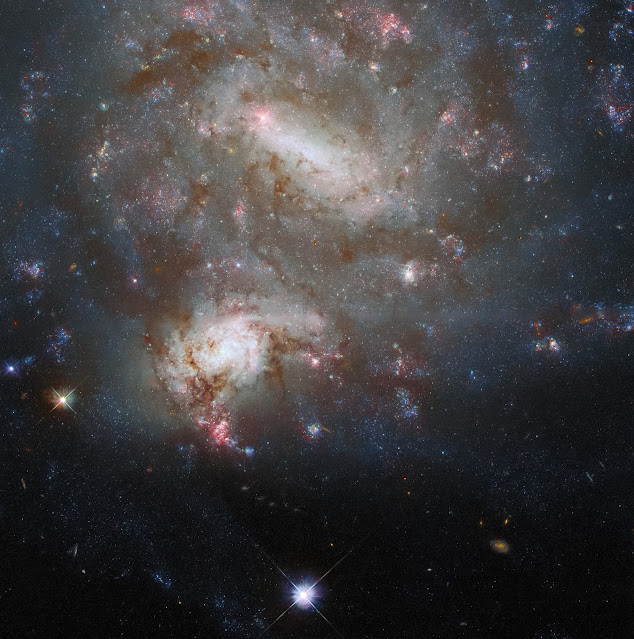NASA Sounding Rocket Launches into Aurora Borealis
March 5, 2022: The LAMP mission, short for Loss through Auroral Microburst Pulsations, launched at 2:27 a.m. AKST (6:27 a.m. EST) Saturday, Mar. 5, 2022, on a Black Brant IX suborbital sounding rocket. The rocket launched to a nominal apogee and the principal investigator confirmed that good data was received from the experiment.
The mission hopes to understand an often overlooked kind of aurora, called a pulsating aurora, and to test a theory on what causes them.
The aurora borealis, or northern lights, is a familiar treat to those who call northern latitudes home. Auroras come in different shapes and colors, waving their ribbons of vibrant green, red and purple across the sky. But one variety of aurora displays a peculiar behavior: it pulsates.
“It’s sort of hypnotic, pulsating every few seconds,” said Dr. Alexa Halford, space scientist at NASA’s Goddard Space Flight Center in Greenbelt, Maryland, and principal investigator for the mission. “The blobs and colors remind me of a lava lamp, where you can just sit and stare at it for hours.”
Like all aurora, pulsating aurora are set alight by electrons (and occasionally protons) from near-Earth space. These electrons plunge into our atmosphere and collide with atoms and molecules, causing them to glow in their distinctive colors—red and green by oxygen, blue by nitrogen—as they release their excess energy.
But what sets those electrons into motion in the first place? For pulsating aurora, the going theory points to chorus waves, so named because they were first detected as audio signals in radio receivers during World War I.
The LAMP instrument will fly aboard a sounding rocket, a small rocket launched into space for a targeted few minutes of measurements before falling back to Earth. Watching ground-based cameras at the Poker Flat Research Range and at a downrange site called Venetie, the team will wait until they see auroras start to pulsate. Then it’s go time.
The sounding rocket will fly above the pulsating aurora, measuring the low-energy particles that cause them as well as the medium- and high-energy electrons that should also come from a chorus wave. On the ground, a riometer will provide an independent measure of high-energy electrons, so the rocket team can confirm their measurements.
The only thing they will not measure is the chorus wave itself, though the team is hoping for a chance flyby of a satellite that could potentially provide those observations.
“We have all but one piece of the puzzle that we’re hoping to catch simultaneously…but any of it is going to provide us new information and hopefully help us test that theory that it’s the chorus waves behind it all,” Halford said.
The LAMP mission is an international collaboration with contributions from NASA’s Goddard Space Flight Center, Dartmouth College, University of New Hampshire, and University of Iowa, and Japan Aerospace Exploration Agency, Tohoku University, Nagoya University, and Kyutech in Japan.
Credit: NASA's Goddard Space Flight Center (GSFC)
Release Date: March 5, 2022
#NASA #Astronomy #Space #Science #Aurora #AuroraBorealis #NorthernLights #LAMP #LAMPMission #GSFC #Goddard #Research #Physics #Rocket #BlackBrantIX #Suborbital #Sounding #Launch #Alaska #UnitedStates #Japan #日本 #STEM #Education

